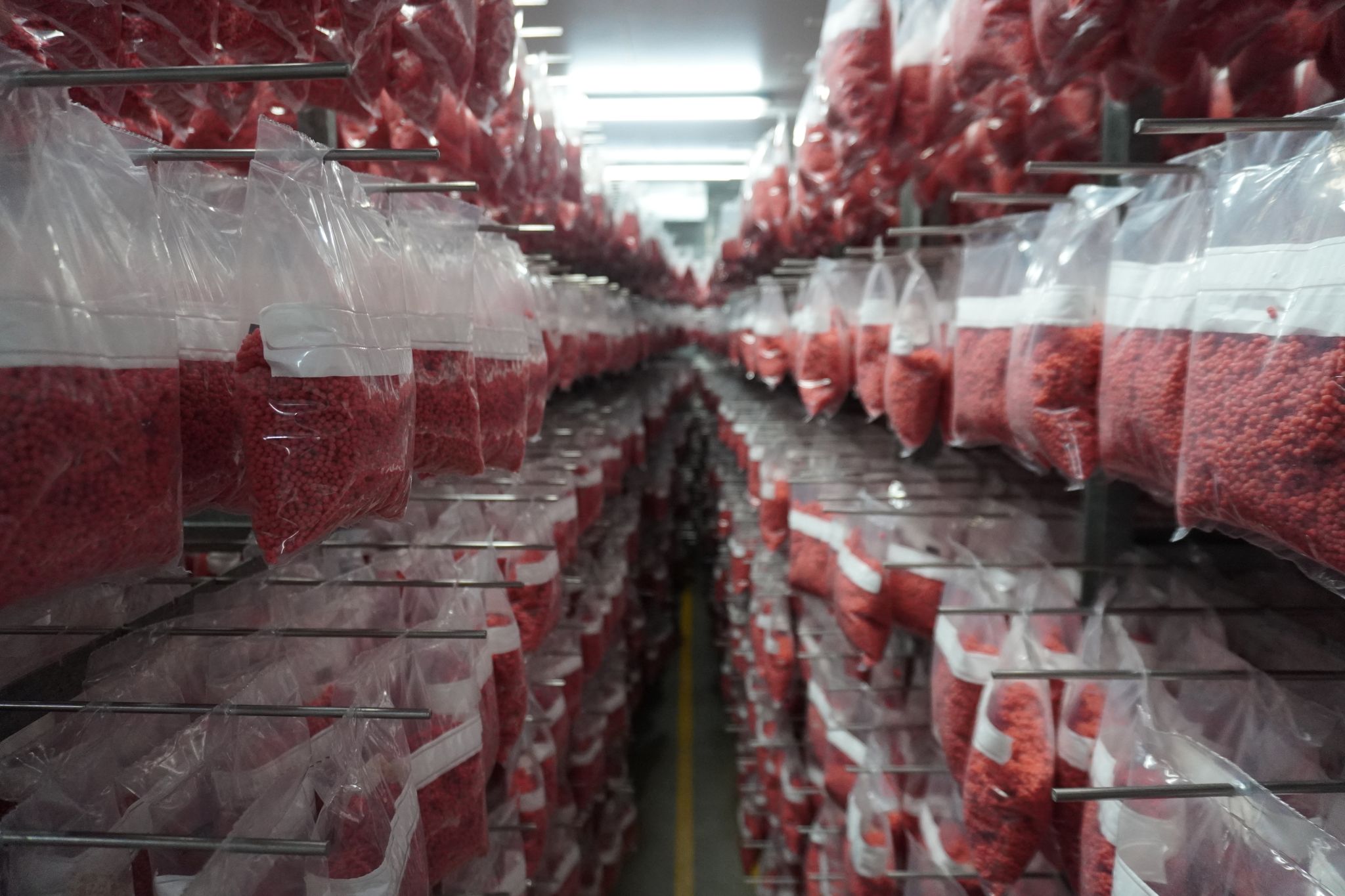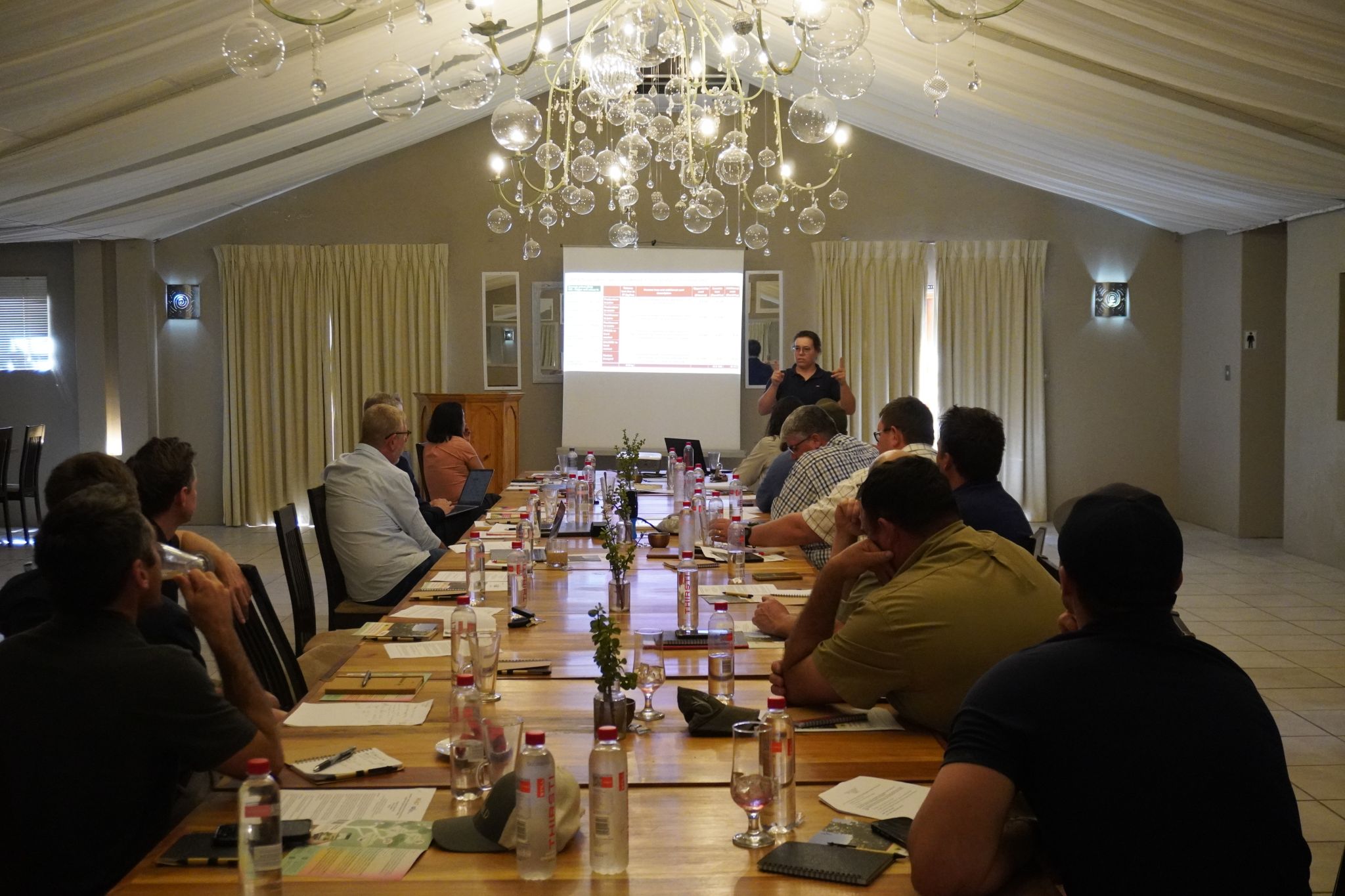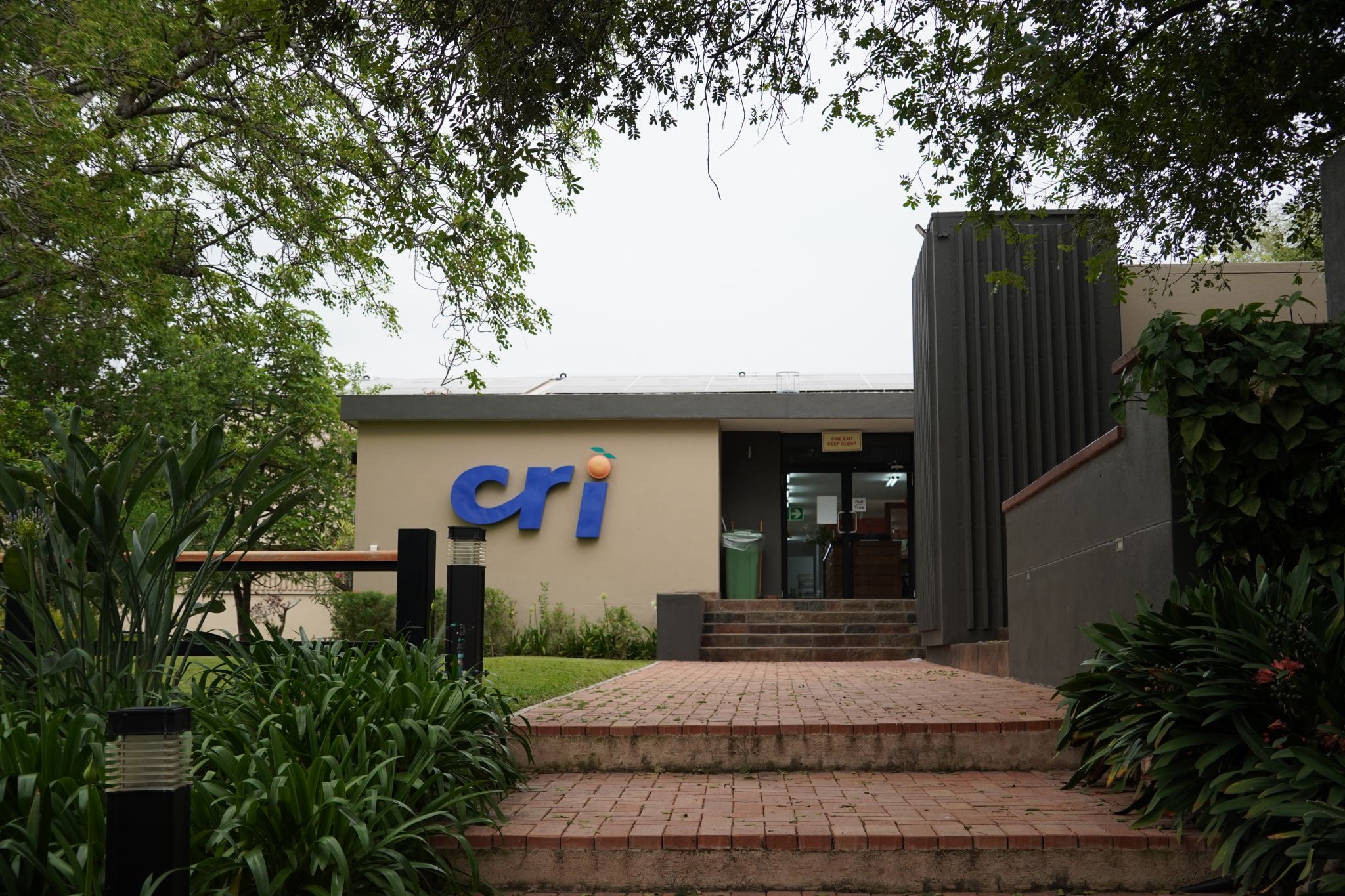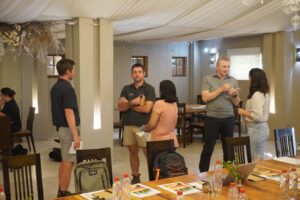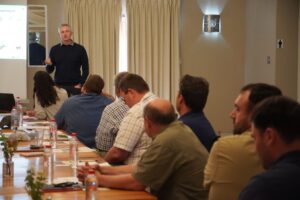Field Notes from South Africa: Learning from a Country at the Frontline of Fruit Fly Management
05 Nov 2025
South Africa occupies a special place in the EU-funded REACT project. It is both a testing ground and a source of experience for managing one of agriculture’s most persistent threats: invasive fruit flies. In some parts of the country, the oriental fruit fly (Bactrocera dorsalis) has already become established. In others, it has not—yet. This uneven distribution makes South Africa an ideal location to study how containment, eradication and long-term management strategies can be combined effectively.
The REACT project aims to develop and refine the Sterile Insect Technique (SIT) for two species: Bactrocera dorsalis and Bactrocera zonata (the peach fruit fly). The idea behind SIT is elegant in its simplicity and powerful in its ecological implications: instead of using pesticides, sterile male flies are released to mate with wild females. The resulting eggs carry no offspring, and over time, the pest population declines naturally.
But as with any innovation, success depends on more than technology. A new pest-control method must not only work—it must also be accepted, feasible, and economically sound. This is why REACT combines laboratory research with field studies and stakeholder engagement. The social, economic and institutional dimensions of pest control are as crucial as the biological ones.
Dialogue with the Agricultural Sector
In October, Citrus Research International (CRI) hosted a series of workshops in key citrus-growing regions of South Africa. These meetings brought together growers, pack house operators, quality managers, and other actors across the citrus value chain. Their insights feed directly into one of REACT’s core work packages, which complements the technical research with a socio-economic cost–benefit analysis.
These discussions help answer questions that no laboratory experiment can resolve:
How do farmers currently respond to fruit fly outbreaks?
What financial and logistical damage do the pests cause?
Which control methods are seen as most effective or acceptable?
How do pest pressures affect market access, yields, and labour conditions?
Understanding these perspectives is essential to designing pest management systems that are both efficient and socially sustainable.
Lessons with Global Relevance
What happens in South Africa is not a local story. Europe, too, is facing the spread of the oriental fruit fly as an invasive species, with detections becoming more frequent in southern regions. The knowledge and experience gathered in South Africa will therefore inform preparedness and response strategies across the continent.
Researchers Aruna Manrakhan (entomologist) and Kandas Cloete (agricultural economist), together with their colleagues at CRI, are central to this work. Their close cooperation with citrus growers ensures that scientific development remains grounded in real-world practice—an approach that lies at the heart of REACT’s philosophy.
Visiting the Frontlines of SIT Application
During our visit, the REACT team also had the opportunity to see SIT in action at two remarkable facilities: FruitFly Africa in Stellenbosch and XSIT in Citrusdal. Both organisations have years of experience rearing and releasing sterile insects to control other species such as the Mediterranean fruit fly (Ceratitis capitata) and the false codling moth (Thaumatotibia leucotreta).
Walking through the rearing halls—humid, precisely controlled, and buzzing with activity—was a reminder that sustainable pest management is as much about systems and discipline as it is about innovation. The operational knowledge accumulated here will be invaluable as REACT develops SIT for Bactrocera species.
Looking Ahead
South Africa’s mix of experience, ecological diversity and institutional expertise makes it an indispensable partner for REACT. The collaboration with CRI and the broader citrus sector illustrates how science and practice can move forward together—bridging continents, disciplines, and perspectives.
The fight against invasive pests is global. The solutions must be, too.

